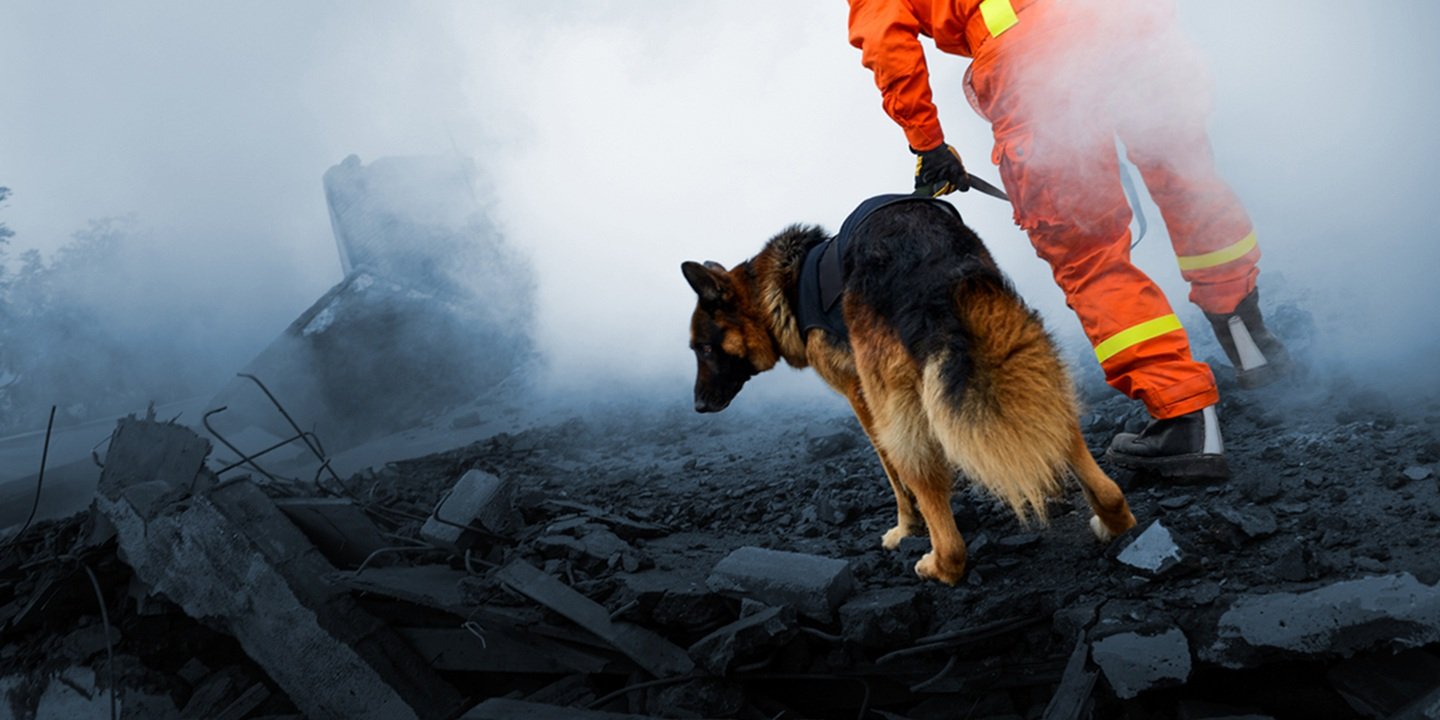Be prepared: start a disaster recovery plan today
Climate and EnergyArticleJune 26, 2025
What is a disaster recovery plan?
Developing a plan for business recovery is essential for your company to survive a disaster. Many businesses have contingency plans in place to help them recover from floods and hurricanes, but who actually plans for computer viruses or month-long power outages? The purpose of this article is to discuss the elements of a Disaster Recovery Plan – why you need a plan, how to get started, what to consider, and where to find help.
Why you need a disaster recovery plan
After a disaster, the goal is to return your business to normal operations as quickly as possible and, perhaps more importantly, before your competitor is back in business. Many businesses fail each year after suffering damage from serious fires, floods or other natural disasters because they were unprepared. Property insurance will pay to repair or replace buildings and contents, and business interruption coverage can provide funds for loss of income, but they can’t replace lost customers, employees or vendors.
Now is the best time to review your insurance policies and ensure you have all the proper coverage in place. Developing a broad plan may ensure that your business and employees’ livelihoods survive.
The following are some of the most important reasons for developing a disaster recovery plan:
- Protect employees
- Maintain cash flow
- Moral and legal obligations
- Maintain customer relations and client base
- Defend legal action from shareholders
Disaster recovery plan checklist
If you do not currently have a disaster recovery plan in place, then you will want to begin working on it immediately. You can develop a process outline consisting of the following elements:
- Involve owners and top management in the planning process. These stakeholders should support the overall plan.
- Establish a planning committee. It can have as few as two or three individuals.
- Review your current insurance program with your account executive. You will want to ensure your business has adequate coverage for potential disasters.
- Identify disaster exposures. What natural, man-made or political disasters is your business susceptible to? These exposures could include fires, floods and computer viruses. (Keep in mind some of these disasters are not insurable or would not be covered by insurance.) Consider this partial list*:
- Fire
- Floods
- Tornadoes
- Hurricanes
- Hailstorms
- Storm surges
- Windstorms
- Computer viruses
- Computer/data Loss
- Loss of an important supplier
- Identify critical personnel, equipment and data. “Critical” refers to their relative importance to your business. What do you need to return your business to normal operations?
- Collect information. You will need a list of every important piece of information needed in the event of a disaster, including inventories, employee and emergency contact telephone numbers, equipment listings, vendor lists and software inventory.
- Develop a formal written disaster recovery plan. Incorporate the information above into a plan that identifies specific disaster scenarios, steps that will protect your business prior to the disaster, and most importantly, the instructions for returning your operation to normal as quickly and efficiently as possible.
- Test the plan, both initially and annually thereafter. It is important to review and update the plan periodically as your exposures to loss change.
Online resources for a disaster recovery plan template
The guides listed below can assist small business owners with disaster planning:
- Open For Business – Business Continuity Toolkit
- The Insurance Institute for Business & Home Safety (IBHS) Website
Additional resources for disaster recovery planning can be found on the following websites:
- American Red Cross
- Association of Continuity Professionals
- Federal Emergency Management Agency
- Insurance Information Institute
- National Emergency Management Association
- U.S. Small Business Administration
Another resource for information and guidance is the Disaster Recovery Journal. This website offers free subscriptions to their magazine, business continuation models, pertinent disaster recovery articles from various publications, sample plans and other information.
